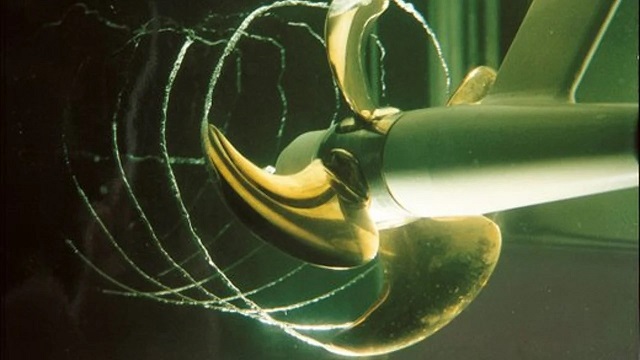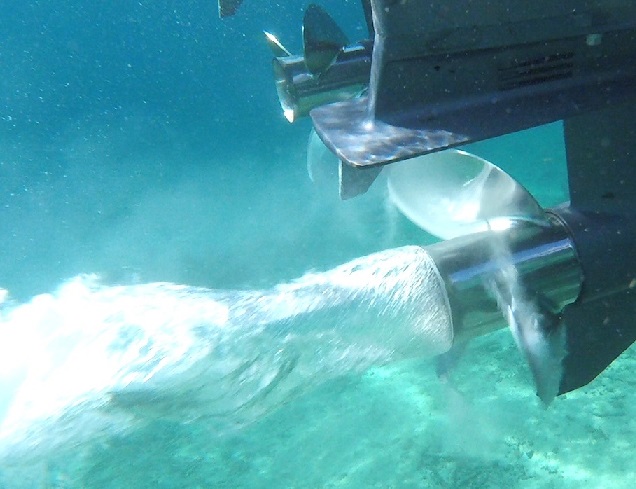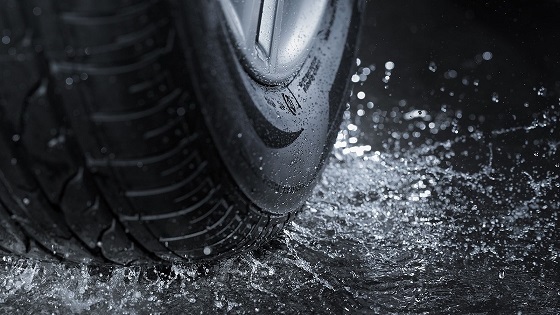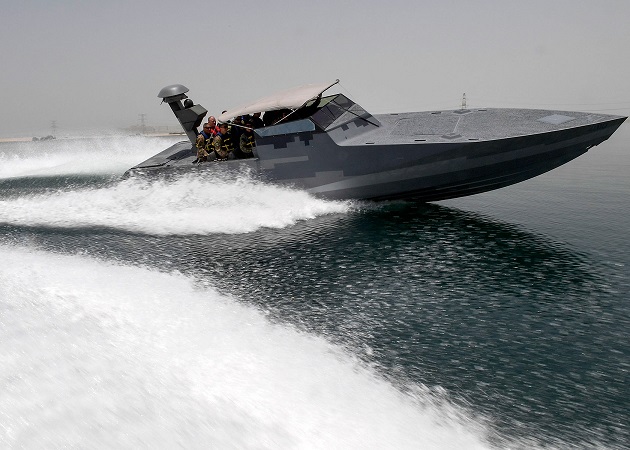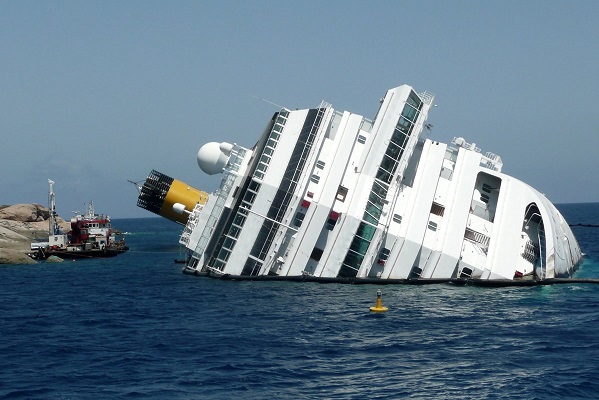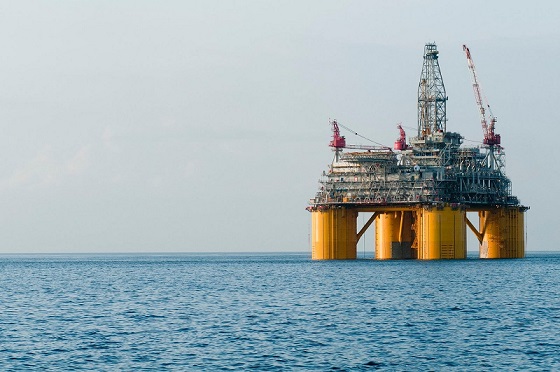Hydrodynamics CFD simulation
Hydrodynamics CFD simulation
Artificial Intelligence Analysis
FEA|CFD & AI Integration
Hydrodynamics is a common application of CFD and a main core of Simulation Dynamics expertise. CFD allows the steady-state and transient hydrodynamics of hydrofoils, submersible vehicles, propellers, impellers, marine structures and marine plant to be computed with extremely high levels of accuracy. Simulation Dynamics's Engineering team provides analyses ranging from: ship keeping, slamming and sloshing, wave and wind loading on offshore and underwater structures, oil and pollutant dispersions to cavitation.
Contact US and Discover Solutions

